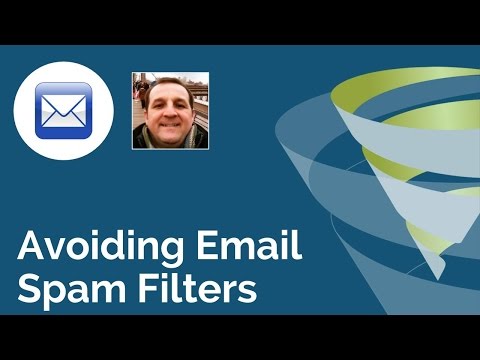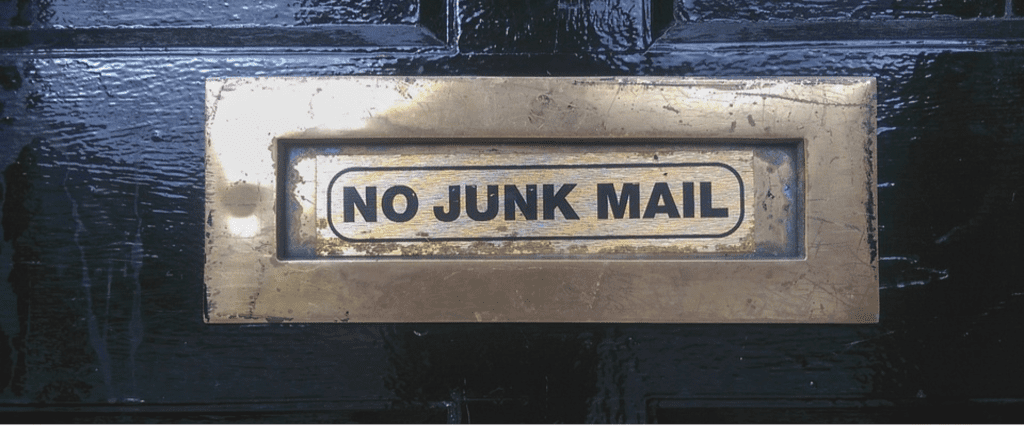The content for this live T-Time show is inspired by a recent question from a business owner. How do I get my messages through and avoid email spam filters?

How do ISPs flag email as spam and stop it being delivered?
It is a scoring system where a serious indiscretion could get you one really big score resulting in your email being blocked. Alternatively, you could be given a lot of lower scores that added together will result in your emails being blocking.
What actions warrant a score?
Talking to people that don’t know you
An obvious one, but if people don’t know you don’t email them. If people have never heard of your business and you are emailing them it is just bad marketing. Aside from the legal implications of this behaviour, it will also lead to spam complaints.
Using the blind copy field
Using the BCC, blind copy field, with a large list of email addresses so that you broadcast straight from your email client. This will get flagged by ISPs and your messages will not get through and will be marked as spam. Always use a mail tool like MailChimp.
Spammy words in your subject line
Avoid using certain terms in your subject line that focus, particularly those that focus on sale, buy now, win for example. Just be careful with these types of words. It doesn’t mean they won’t get through but it might incur a lower score which, when added up, could push you over the limit and get you blocked.
Image heavy content
High percentages of image content is a big flag. For example, if you have a beautiful image of a product in your email and very little text to accompany it, it will get flagged and is at risk of being blocked. Make sure that your email content has a good balance of text and image content.
How do email marketing platforms deal with spam?
Most email marketing platforms like AWeber, ConstantContact, MailChimp and Omnisend will put a setting on the broadcast to say that it is bulk email. This tells the ISP that there will be lots of duplicates of the same message and that it is not spam and is being sent on purpose. This simply says “let me through please”.
That is some of the simpler stuff, now for some technical bits.
Shared Hosting
If you have your email hosted with your website it is likely that you will be on a shared server. It is possible that someone else hosted on the server could get it blacklisted for spam. If this is the case your emails will be blocked too.
Website Plugins
It can also arise that installing some website extensions could open up access to the SMTP service on the server hosting the website. This could allow a third party to send email from this server using the SMTP service resulting in the ISP picking up thousands of spam messages and then blacklisting the server. So be careful.
Using an email marketing platform?
If you are using something like MailChimp, who’s complaint rate is is as low as 0.1%, you will get warnings if you start getting spam complaints. Your email marketing platform will only give you a number of lives for your complaints before throwing you off their system. They have a reputation to uphold too!
In summary, simply don’t spam!
Has this helped you with your email marketing or to better understand how to avoid spam filters? If you have questions please ask them in comments.
Speak with a SpecialistOur Digital Marketing Services







